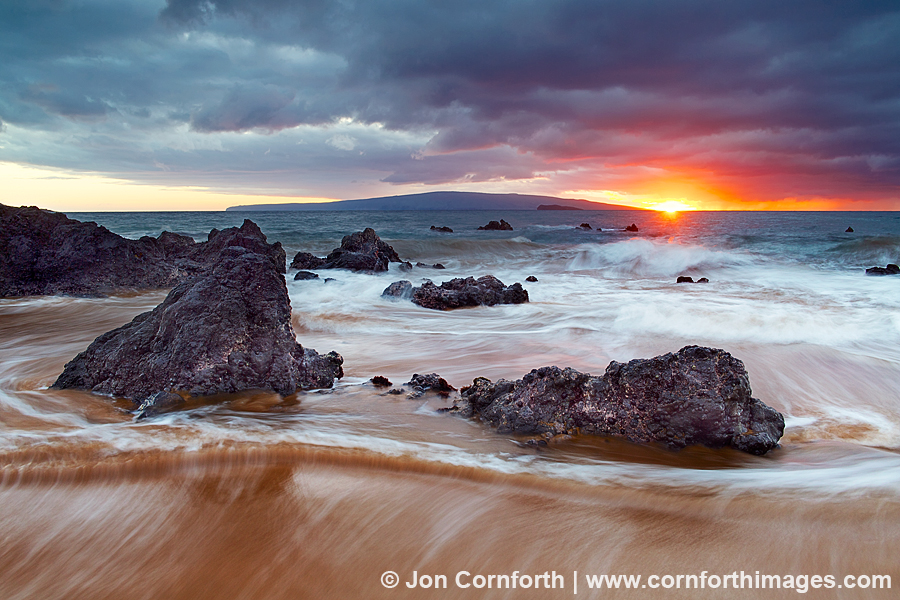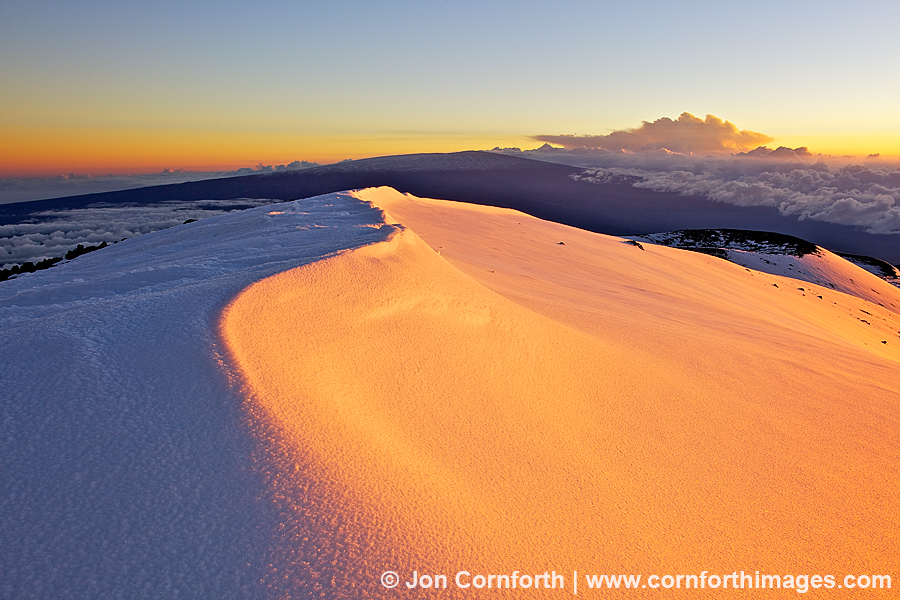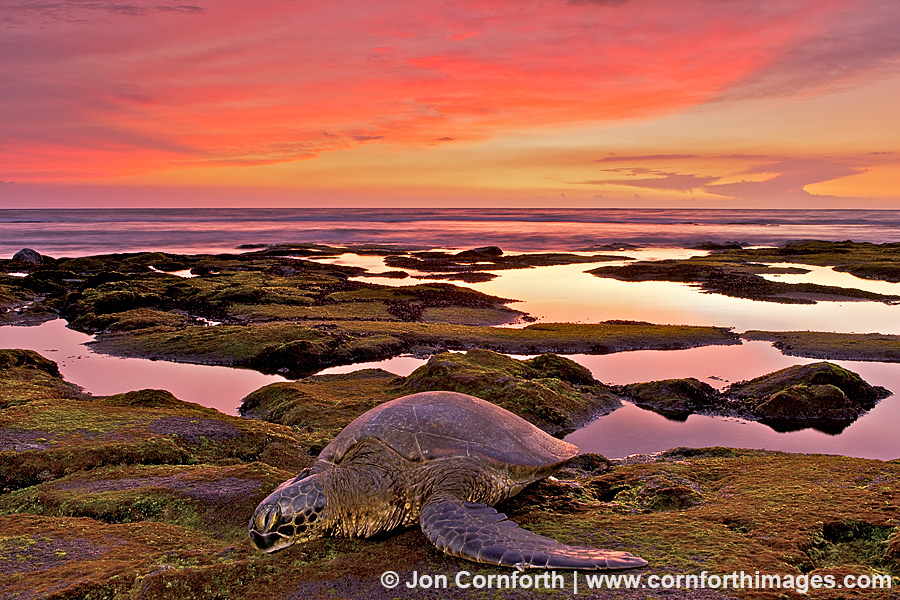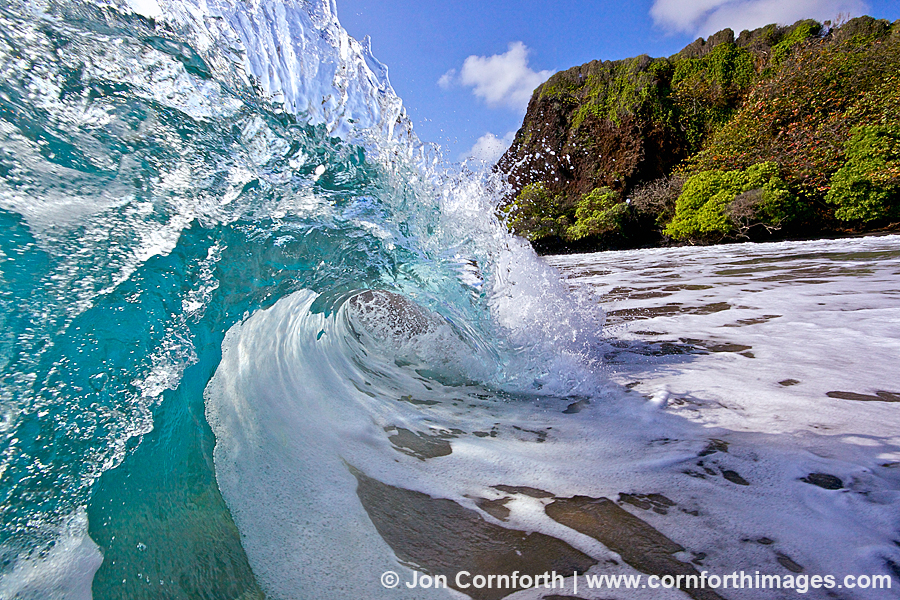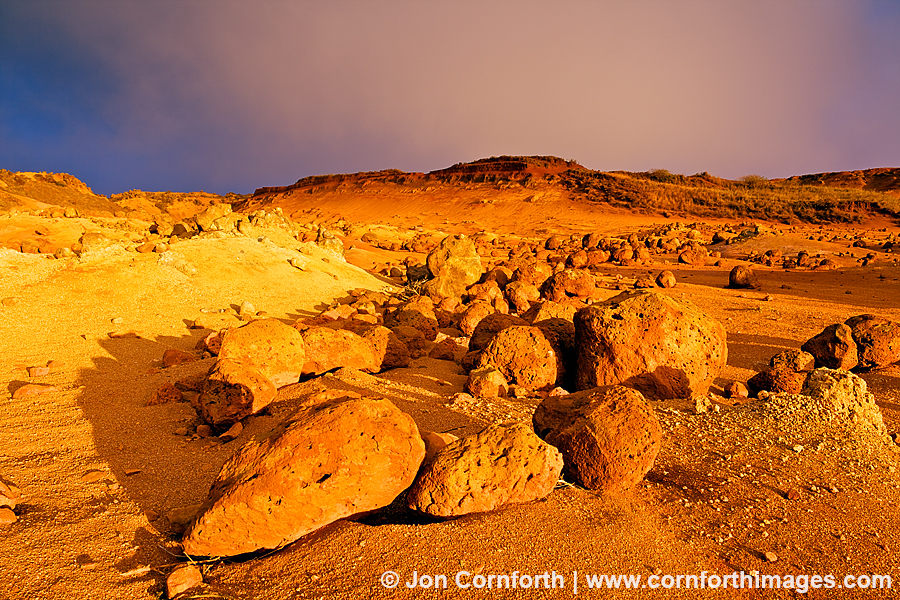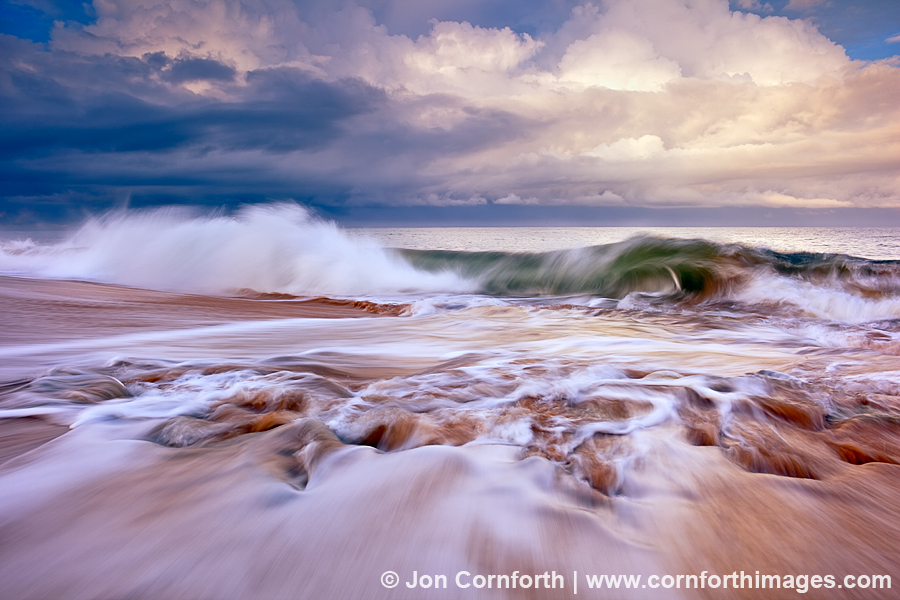
Tunnels Beach Rainbow
Posted onI photographed this dramatic rainbow over Tunnels Beach during my family vacation to Kauai in July. This amazing light only lasted for a minute, during which it was pouring rain. Of course, I forgot to bring an umbrella, but was fortunate that a nice local that I had befriended the previous day just happened to be out for her morning beach walk and had an one with her. I asked her if she would assist me in keeping my camera dry and she happily obliged. While she held her umbrella over me, I quickly set up my tripod, pulled my camera out of my Fstop backpack, and carefully placed my filter on the lens. I only managed a few images before this ephemeral rainbow disappeared. Also, it’s worth noting the overall amount of time required to create this image. I was staying with my family in Poipu which is located on the south shore of Kauai, but Tunnels is located on the north shore. So, in order to be at the beach at sunrise, I had to wake up at 4 am and drive 1.5 hours in the dark. I did this 5 mornings in a row before finally being rewarded with this image. By the time I returned to my family, it was late morning and they were just rolling out of bed. I invested over 30 hours of my time to create this image, but only experienced this magical light for less than 60 seconds. I hope that you will agree with me that it was worth my effort.

